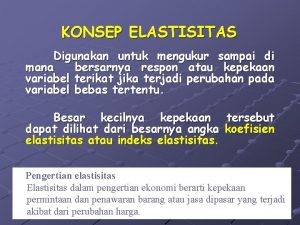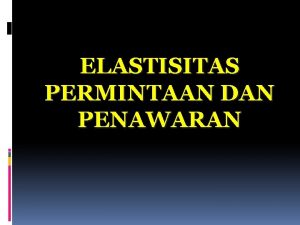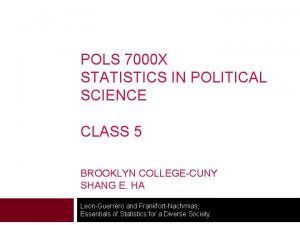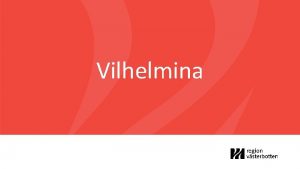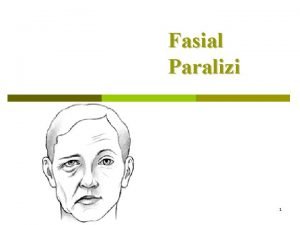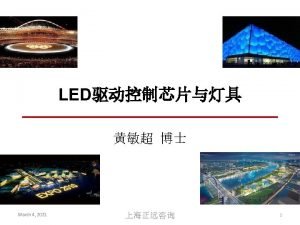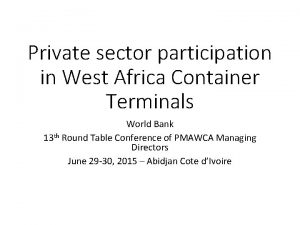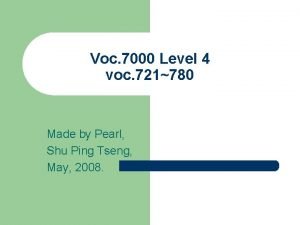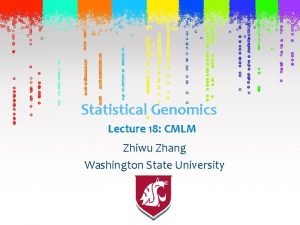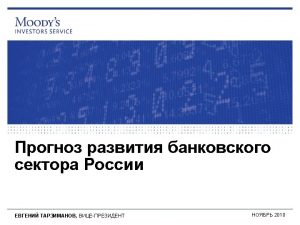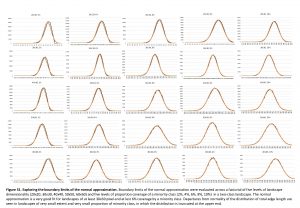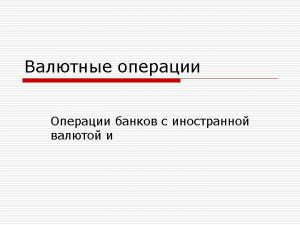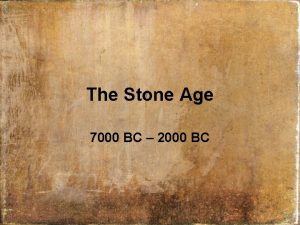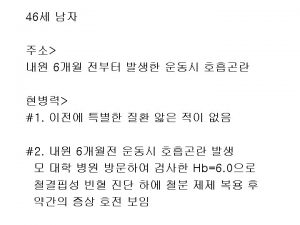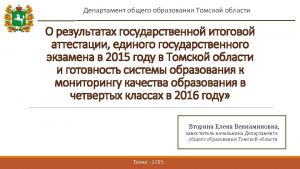8 1000 1340 8000 7300 7000 6000 5000

































- Slides: 33








8 1000— 1340年欧洲人口数量变化 单位:万 8000 7300 7000 6000 5000 4000 3500 3000 2000 3850 2500 1700 950 1300 1200 1000 0 南欧 东欧 西欧、中欧和北欧 1000年 1340年 数据来源:契波拉《欧洲经济史:中古篇》 全欧州




12

13 Real wages of skilled workers, 1300– 1800 Sources: The Black Death and the origins of the ‘Great Divergence’ across Europe, 1300– 1600

14 Real wages of unskilled workers, 1300– 1800 Sources: The Black Death and the origins of the ‘Great Divergence’ across Europe, 1300– 1600

Plague outbreaks in Europe and life expectancy in early modern England. Sources: Left panel: Biraben (1975). Data points represent the number of outbreaks over 10 -year periods. The solid line is the median of each data point and the two adjacent ones. Right panel: Wrigley and Schofield (1981); 20 -year moving average. Graph from: The Three Horsemen of Riches: Plague, War, and Urbanization in Early Modern Europe. P 6(779)

16 Urbanization rates in Europe and China, 1000– 1800. Sources: De Vries (1984) for European urbanization rates 1500– 1800, corresponding to cities with more than 10, 000 inhabitants. Bairoch et al. (1988) for population in cities larger than 5000 inhabitants between 1000 and 1800, divided by country-level population from Mc. Evedy and Jones (1978) to obtain urbanization rates; see Appendix A. 1 for details. A regression-based technique in the spirit of Chow and Lin (1971) is used to extrapolate De Vries’ figures based on Bairoch et al. ’s numbers. China: Maddison (2001, tables 1 -8 c and B-14); the line interpolates in 1100– 1400 and 1700

17 A Simple Two-Sector Malthusian Model ▫ ▫

18 Production ▫

Wages and urbanization 19

20 The “Horsemen effect” Nico Voigtländer, Hans-Joachim Voth; The Three Horsemen of Riches: Plague, War, and Urbanization in Early Modern Europe, The Review of Economic Studies, Volume 80, Issue 2, 1 April 2013, Pages 774– 811, https: //doi. org/10. 1093/restud/rds 034

21 Europe: simulation results vs. data. Sources: population for Europe (exclusive of the Balkans and Russia) from Mc. Evedy and Jones (1978). Urbanization rates: For 1500– 1700 from de Vries (1984); 1000– 1400: De Vries (1984), extrapolated using data from Bairoch et al. (1988). See the notes below Figure 4 and. Appendix. A. 1 for details


23

24 Journal of Economic Perspectives—Volume 27, Number 41






30 -Nico Voigtländer and Hans-Joachim Voth(2011). How the West ‘Invented’ Fertility Restriction. Working Paper.

31 -Nico Voigtländer and Hans-Joachim Voth(2011). How the West ‘Invented’ Fertility Restriction. Working Paper.


THANK YOU!
 Turunnya harga bensin dari 6000 menjadi 5000
Turunnya harga bensin dari 6000 menjadi 5000 Turunnya harga bensin dari 6000 menjadi 5000
Turunnya harga bensin dari 6000 menjadi 5000 1340 torr in liters
1340 torr in liters Teco manuals
Teco manuals 7 series fpga architecture
7 series fpga architecture Altera max 7000 cpld architecture
Altera max 7000 cpld architecture Grt background
Grt background Msha form 7000-2
Msha form 7000-2 7000 x 21
7000 x 21 God's 7000 year plan ray smith
God's 7000 year plan ray smith Dnc 7000
Dnc 7000 Sun storage 7000
Sun storage 7000 Max 7000
Max 7000 250000/7000
250000/7000 Drager safety interlock
Drager safety interlock Xe 7000
Xe 7000 7000/3000
7000/3000 Dma polycom
Dma polycom Sl 7000
Sl 7000 Cisco nexus 7000 best practices
Cisco nexus 7000 best practices 25000-7000
25000-7000 7000/250000
7000/250000 Axgate 40
Axgate 40 Gb 7000
Gb 7000 7000
7000 7000-1800
7000-1800 2000000/1500
2000000/1500 Abi 7000
Abi 7000 Homedport
Homedport 700000/7000
700000/7000 Tense 7000
Tense 7000 7000/1024
7000/1024 What change began the neolithic age, about 8000 b.c.e.? *
What change began the neolithic age, about 8000 b.c.e.? * Dedicated analytical solutions
Dedicated analytical solutions
